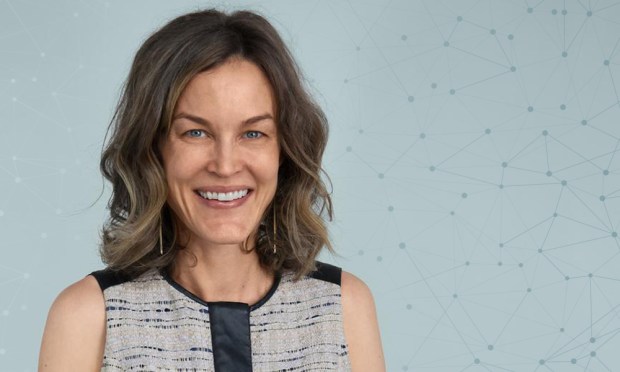Gap, Gusto And The Real Power Of Data In Retail

If data is the new oil, then it could be said that retailers are sitting on data gushers. After all, they have terabytes of data flowing across their various retail channels — and then use the insights that come from it to build better consumer experiences.
It sounds elegant and obvious. The problem — Karen Webster noted in a recent conversation with Gusto COO Lexi Reese, shortly after it was announced that Reese will be one of three new members to be joining Gap Inc.’s board — is that it isn’t always either.
That’s also something that Reese knows well. Gusto is a full-service digital HR platform for small business (SMBs) that grew out of providing payroll services and later health benefits management for those SMBs. Currently, Gusto serves a little over 1 percent of the nation’s businesses — and data is the core element of Gusto’s business.
“We process billions of dollars’ worth of transactions, and the data that supports them, for a staggering number of employers — and we then use that data to build good customer experiences and fuel product innovation,” she told Webster.
That is exactly what Gap wants to do across the many brands that it has and the many channels in which it services those consumers.
Easy? Not hardly, Reese said, even for the largest of retailers, where separating signal from noise becomes even harder — but where starting at the ground level and listening to the customer will reap big rewards.
The data game — and its real power — isn’t just in knowing, she noted, but in learning from it and constantly evolving and expanding offerings based on those learnings.
The Unsung Consumer Intelligence Hub
Retail’s — or any business’ — data problem isn’t getting data, Reese explained. It’s understanding which data is relevant and making sure that there is a way to capture and act on it in a timeframe that helps to engage the consumer along their shopping journey, nudging them into a sale.
Some retail executives, Webster observed, think that the most effective approach is to take the best data source they have — what consumers are doing online — and use that data to merchandise their stores so that consumers get precisely what they’ve seen online in the stores. That minimizes the importance of giving consumers that plus something they didn’t know they wanted until they saw it — the element of serendipity is what can keep consumers coming back into the stores.
“What consumers do during the shopping journey when they are digitally engaged and physically engaged are slightly different,” Reese remarked. “Although you can start at the commonalities — which is making sure the consumer is able to do what they are there to do, they can find the right object, in the right size when and where the want it — that’s not the best way to use one of the most powerful channels that retailers have: their stores.”
In fact, Reese believes that what’s underplayed today in the press is the importance of the brick-and-mortar store as a source of “amazing intelligence” about what the customers want — data that can be used to better understand how the customer wants to engage.
“The power of the store is the power of the direct channel into the customer and their wants,” she emphasized.
That does mean, she noted, that all brands must do a better job of conceiving the brick-and-mortar store as a central intelligence hub. And understanding that with consumers carrying mobile phones, physical and digital experiences are increasingly blended experiences that inform and draw from each other.
Data, she noted, is useful in fording this challenge because it offers brands perspectives. It’s one of the insights that Reese said she is excited to share with Gap management and her fellow board members: using data to create “engagement modes” that align with the consumer’s shopping journey and increase the opportunity for engagement and conversion.
“We at Gusto have learned that you have to be embedded with how people are actually interacting because there is more information beyond that which can be seen on the surface,” Reese said. What I look forward to is helping the board figure out how they can be set up for really listening, so I can think about what my customer wants directly because of the power of on-the-ground intelligence for offering products and services.”
Innovating Retail, With Gusto
As the Gap is moving to shift its operations in a more data-driven, omnichannel direction, the world of retail carries on evolving and adding more channels. Prominently among those new channels, Webster noted, is voice technology — which, according to PYMNTS data, is beginning to take root as a way to shop for clothes.
And, Webster noted, with the enhancement to the Alexa Show and the rollout of the Google Home Hub device, voice assistants backed by screens that can actually display potential sartorial choices could further enhance that channel and create new “engagement modes” that can be optimized by those brands.
It’s an opportunity that Reese said she is eager to explore since the consumer’s desire to engage with brands is increasingly tied to those that support them across multiple channels. Gap, she noted, attracted her as a board member because it is at its core a brand that loves its customers and a brand committed to doing what it takes to staying with the digital times.
“Great brands survive because they know that the way to serve and keep that customer has to change to meet those needs — and Gap is a great consumer brand.”
